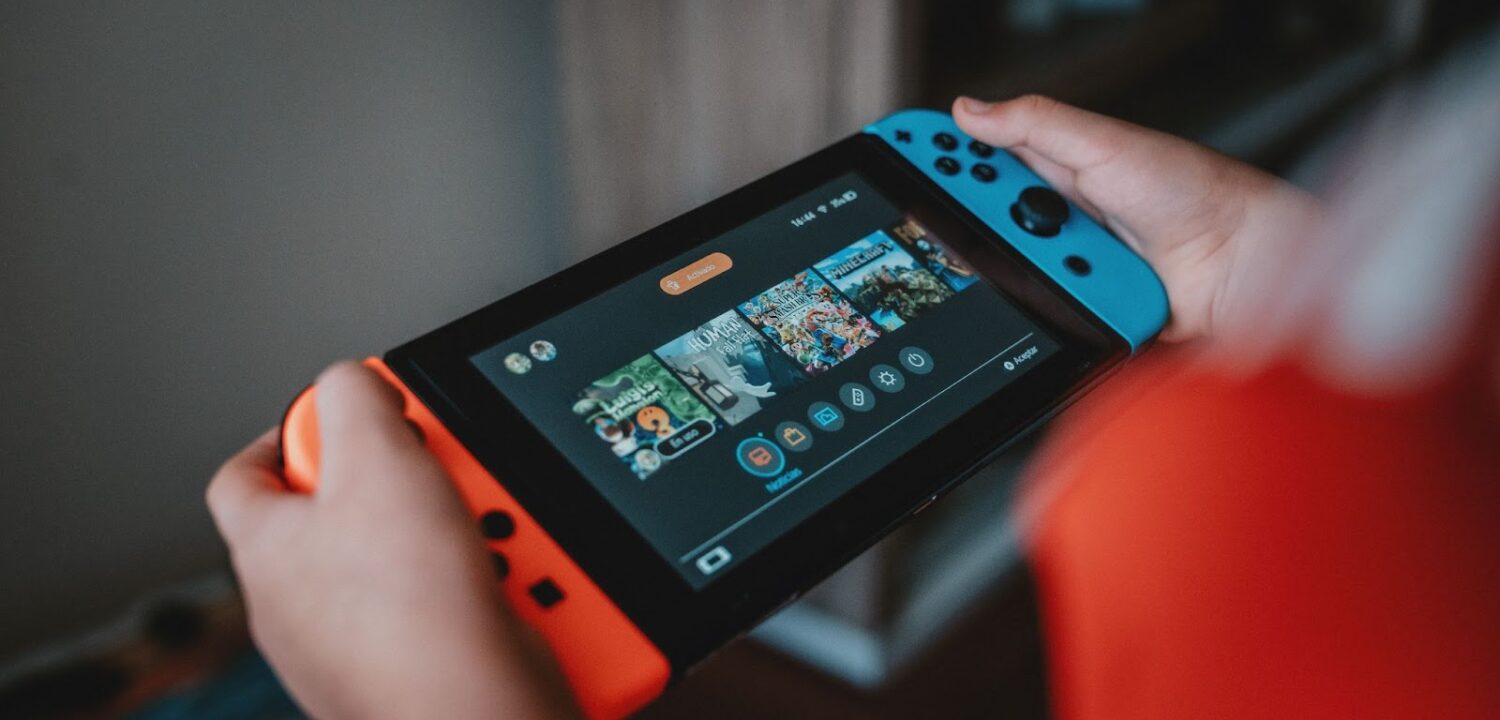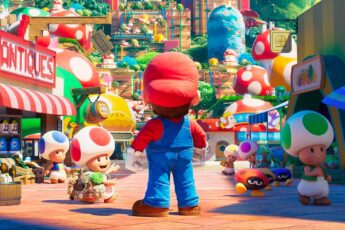A Comparison of Nintendo Consoles from NES to Switch
Nintendo has a long, remarkable history and is undoubtedly one of the most established and recognizable gaming and entertainment firms worldwide.
The team behind Nintendo made its first steps into the gaming space back in the 1800s as a small playing card company. However, already in the early 1980s, it somehow ended up saving the industry from a massive financial crisis. From that very moment, Nintendo started to create its own successful history and secured itself the position of maybe the most significant console producer of all time.
Here, we will walk you through all the highlights and key releases of the company. So, make yourself comfortable, and let’s begin!
Nintendo Consoles: Overview of Sales History
(Source – Unsplash)
As mentioned, Nintendo has a long and illustrious history in the video game industry. So, no matter whether you are a fan of online pokies or like to spend your spare time on Super Mario’s adventures, you surely have heard about this company.
Nintendo’s journey started with the super-popular Nintendo Famicom. When it entered the Japanese game market in 1983, it was crowded with formidable competitors. However, at the end of 1984, the Famicom had sold more than 2.5m units and became an absolute sales phenomenon, taking over the entire industry.
Notably, in 1985, it was redesigned as the Nintendo Entertainment System to suit the needs of the international market.
Later on, after the 1989 launch of the first Game Boy, Nintendo preferred to market both a home console that connected to a TV and a portable handheld device.
SNES and Game Boy were the first products coming from this strategy. The most impressive thing is that combined, they sold more than 160 million units. And this while launching renowned gaming franchises with sequels like The Legend of Zelda: A Link to the Past and Super Mario World.
Already in 1996, with the release of Nintendo 64, the Game Boy’s variations, the Game Boy Color (1998) and Game Boy Pocket (1996), extended the handheld’s lifetime enough to accompany another home console. As a result, Nintendo 64 sold 32.93 million units on its own.
The success of these releases showed that there might be a market for two distinct Nintendo consoles. Thus, the company continued this tactic in the succeeding generations (Nintendo GameCube and The Game Boy Advance) as well.
| Console | Units Sold | Release Year |
| Nintendo Switch | 68.3 Million | 2017 |
| Wii U | 13.56 Million | 2012 |
| Nintendo 3DS | 75.94 Million | 2011 |
| Nintendo Wii | 101.63 Million | 2006 |
| Nintendo DS | 154.02 Million | 2004 |
| Nintendo GameCube | 21.74 Million | 2001 |
| Game Boy Advance | 81.51 Million | 2001 |
| Nintendo 64 | 32.93 Million | 1996 |
| SNES | 49.1 Million | 1990 |
| Game Boy | 118.69 Million | 1989 |
| NES | 61.91 Million | 1983 |
The Most Successful Nintendo Consoles Up to Today
Let’s agree that a console is not only about its flagship launch title and not even its impressive catalog. When we say console, we imagine a solid mix of hardware, games, creativity, as well as marketing, and nostalgic memories. However, not all releases and products tend to keep all these vital components in place. So, here arises a question – Are there no successful options at all?
The good news is that there are, and Nintendo is the creator of some of these well-thought-out and creative options. Below, we highlighted the core Nintendo consoles that have brought revolutionary changes in the sphere. So, let’s have a look.
#1 NES
This home console is the one that revived the video game industry and gave it a fresh breath. The video gaming space was in dire difficulties because of the crisis of 1983 when Nintendo first appeared on the scene with this 8-bit NES. It was a massive hit and kept its superiority for nearly a decade until the appearance of SEGA Genesis.
This system is a must-have for every collector because of its enormous library of games, which covers Metroid, the Mario World and Zelda series, Tetris, and countless others.
#2 SNES
(Source – Unsplash)
The second console we want to mention is the Super Nintendo Entertainment System. Even though it is just the seventh-best-selling console in Nintendo history, with 49.7 million units sold, we can confidently say that its legacy far exceeds its install base.
Its controller, which comes with two shoulder buttons and four face buttons, has inspired practically every gamepad since. In addition, SNES hosted various classic video games, covering titles such as Chrono Trigger, Super Mario World, and Star Fox.
#3 Game Boy
(Source – Unsplash)
Following the huge success of their NES home console, Nintendo released Game Boy in 1989. And the system was an instant success! What’s interesting is that the key to the Game Boy’s popularity was not superior visuals or not even processing power but its rather simple and seamless design, a diversity of quality games, and head-to-head networking.
Moreover, Tetris, the popular puzzle game that came incorporated with Game Boy, has become the favorite of millions, from youngsters to the elderly around the globe.
#4 N64
The next on our list is the Nintendo 64. It was one of the pioneers to include four controller ports and was also the first system to be available in a variety of colors.
In general, Nintendo stayed true to its roots, bringing to the stage a console with amazing games in full 3D, as well as various tricks, add-ons, and classic games that would keep you glued to your spot playing for days, if not months. The most sought-after games we want to highlight cover Super Mario 64, Goldeneye, and Pokemon Stadium.
#5 Switch
(Source – Unsplash)
As sales of the Wii U dropped in 2017, the Nintendo Switch arrived just in time as a rescue ship, becoming an overnight hit. Surprisingly, the Switch outsold the Wii U towards the end of the fiscal year in 2018, with an impressive 17 million units sold.
The most remarkable titles available for the Nintendo Switch include:
- Ultimate,
- Pokemon Sword and Shield,
- Luigi’s Mansion 3.
Overall, Nintendo Switch is a well-done mix of handheld and home consoles, which gives you the flexibility to play wherever you want.
To Conclude
As you can see, each Nintendo Console has a special place in the ever-evolving gaming space. And as long as an army of people still keep their interest in video games, all Nintendo releases will, without any doubt, keep their fame and nostalgic value unshaken.





 Main Mario Mayhem Website
Main Mario Mayhem Website Main Mario Mayhem Website
Main Mario Mayhem Website
Leave a Comment